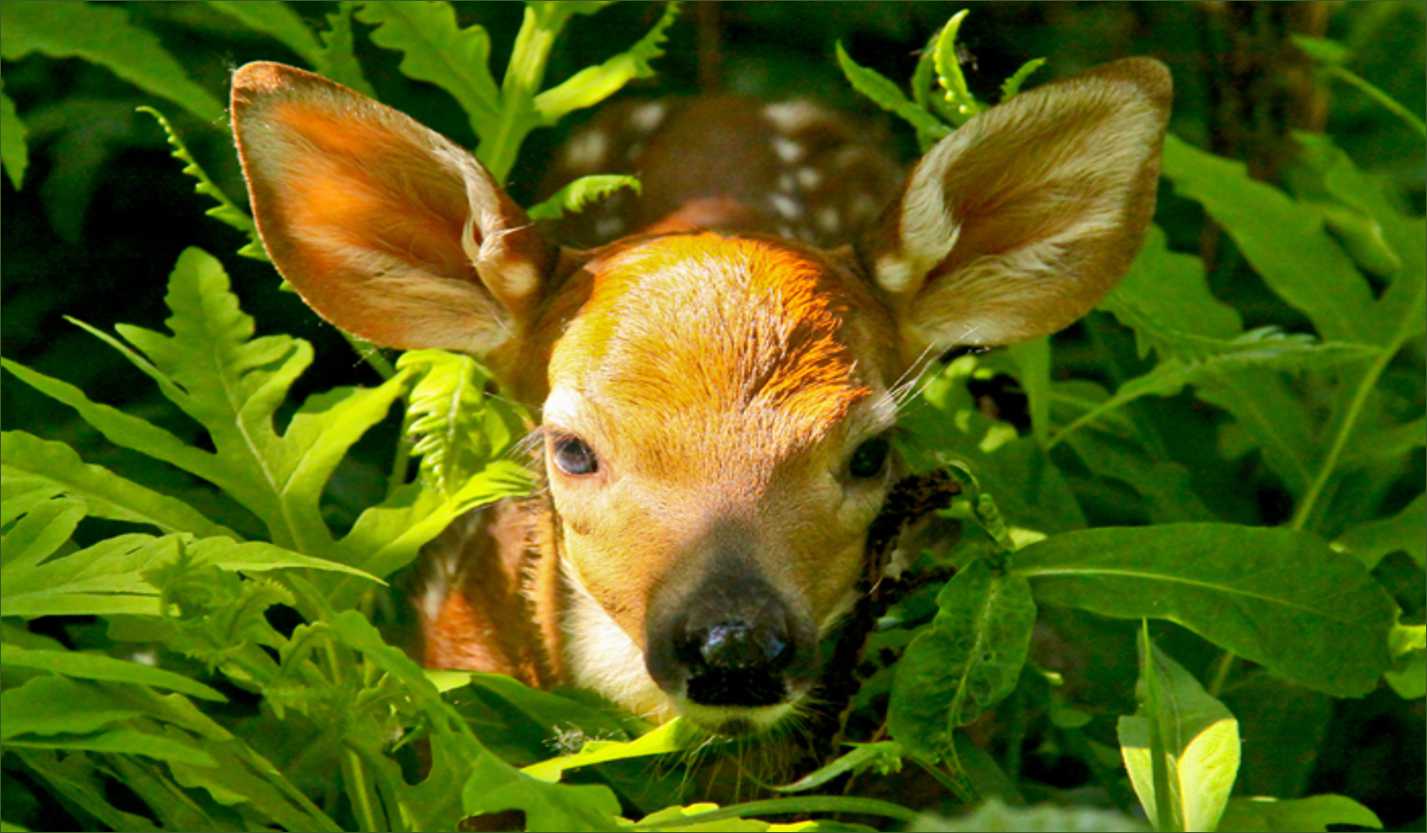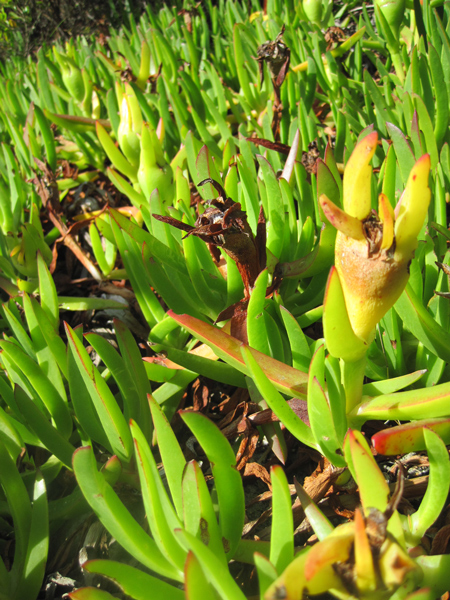The planet Earth is a beautiful place to live in. Life has flourished on the planet, thanks to the bountiful sun and vast oceans of water. No matter where we go on the planet, there are stunning plants, flowers and animals that catch are attention. They are two very important aspects of any eco-system. Of all the living organisms on the planet, the most commonly seen by us are the plant life and the animal life. Apart from these two, more forms of life abound in the earth, but are harder to see with the naked eye. This is why the flora and fauna i.e. plant and wildlife of the earth are fascinating to observe and study.
 In this technological era, humans interact more with gadgets that it’s almost impossible to find time to interact with nature. When vacation period knocks, they make up for that by traveling to exotic locations to trek through untamed trails, or just drive to see an army of fearless animals. This is enabled by flora and fauna spread across different parts of the world.
In this technological era, humans interact more with gadgets that it’s almost impossible to find time to interact with nature. When vacation period knocks, they make up for that by traveling to exotic locations to trek through untamed trails, or just drive to see an army of fearless animals. This is enabled by flora and fauna spread across different parts of the world.
What is flora?
The flora together with the fauna that are
generated by a specific biome form a biotic area, that is, a zone of life.
The abiotic resources, in spite of being
considered inert as the ground, the climate, the winds, the elevations, among
other things, are a fundamental part of the sustenance and the development of
the flora.
 Flora is the name given to the collective plant life that grows or once grew in a certain area or during a given time period. It usually refers to the native plant life present but does include new species that have been introduced as well. The flora and fauna of the earth have names derived from Latin .
Flora is the name given to the collective plant life that grows or once grew in a certain area or during a given time period. It usually refers to the native plant life present but does include new species that have been introduced as well. The flora and fauna of the earth have names derived from Latin .
what is fauna?
 Fauna on the other hand, is the name given to collective animal life that lives or was once found in a certain area or time period. In Latin, Fauna is derived from three different sources. Fauna by itself was the name of a Roman goddess representing fertility and the earth and Faunus was another Roman god. And then there were Fauns, which were known to be forest spirits.
Fauna on the other hand, is the name given to collective animal life that lives or was once found in a certain area or time period. In Latin, Fauna is derived from three different sources. Fauna by itself was the name of a Roman goddess representing fertility and the earth and Faunus was another Roman god. And then there were Fauns, which were known to be forest spirits.
Similarities between plants and animals.
We begin by explaining what these living beings have in common. Thus, some of the main similarities between plants and animals are:
They are living beings
 Both plants and animals are living beings that are born, grow, feed, follow reproductive cycles and finally die, that is, they follow the so-called life cycle.
Both plants and animals are living beings that are born, grow, feed, follow reproductive cycles and finally die, that is, they follow the so-called life cycle.
Unlike the prokaryotic cells of bacteria, plants and animals possess eukaryotic cells, with a well-defined nucleus and cytoplasmic organelles specialized in specific functions. Some organelles differ between the two, such as the presence of chloroplasts in plant cells and mitochondria in animals
Differences
between plants and animals
The
differences between both kinds of organisms are diverse. These are the main
differences between plants and animals that we can find:
Plants do
not have apparatuses that animals do
Plants do
not have locomotor, digestive, excretory, respiratory or nervous devices. Since
plants can make their own organic substances directly, they do not need
appliances that digest or serve for excretion.
The plants
do not have respiratory system
Plants do
not have a respiratory system like that of animals, but it is a structure
called stoma which is responsible for transporting air from the subestomatic
chamber to the interior of the organism, where gas exchange takes place.
The plants
do not move
 Plants are
autotrophic organisms, that is, they manufacture their own food through the
process of photosynthesis. The substances that the plant needs are sunlight,
carbon dioxide and water, therefore all the substances that it needs for its
nutrition are in the air and in the soil and therefore it does not need to move
completely free. In addition, the locomotor apparatus of animals, which allows
them to move, needs a nervous system and organs of the senses that plants do
not have.
Plants are
autotrophic organisms, that is, they manufacture their own food through the
process of photosynthesis. The substances that the plant needs are sunlight,
carbon dioxide and water, therefore all the substances that it needs for its
nutrition are in the air and in the soil and therefore it does not need to move
completely free. In addition, the locomotor apparatus of animals, which allows
them to move, needs a nervous system and organs of the senses that plants do
not have.
They need water, nutrients and sun.
 Both need to capture certain substances from the environment,
with the only difference being the method they use. Thus, while animals ingest
them with food, plants absorb them from the soil. This is the case of water and
nutrients.
Both need to capture certain substances from the environment,
with the only difference being the method they use. Thus, while animals ingest
them with food, plants absorb them from the soil. This is the case of water and
nutrients.
Impulse movement capacity
Plants are unable to move or move through their
environment as animals do, but they do have limited movement capacity to, for
example, capture the highest light intensity in an area or the movement of the
roots towards where the nutrients are located.
Flora and fauna in the Valle del cauca
BIODIVERSITY
The valle del cauca is considered a region rich in biodiversity since it hosts between 25% and 50% of wildlife species and 11% of the flora species of the country.
The Department of the Valle del Cauca, due to its geographical location and topographic features, among others, has numerous habitats that contain a great diversity of plant species that can be close to 5000 species and 1326 fauna only vertebrates (Bolivar, 2004).
WILDLIFE
Birds
The Valle del Cauca, one of the departments with the highest number of species per area, is home to around 725 species of birds, except for marine species. Annually we visit about 100 latitudinal migratory species. These species spend part of the year in the tropics but reproduce in other latitudes.

FISHES To date, around 80 species of fish have been reported. AMPHIBIANS In Valle del Cauca about 130 species of amphibians have been recorded, a number that tends to increase.
MAMMALS
In the Department there are around 210 mammals, terrestrial and flying. In the Valle del Cauca we find some examples such as the mouse Akodon affinis that is registered only for the Colombian west, or the Black Spider Monkey distributed only in Panama, Colombia and Ecuador.
REPTILES
Up to 192 species have been recorded in the region so far, including iguanas, crocodiles, turtles, snakes, lizards, etc.

Flora and fauna in the Valle del cauca
BIODIVERSITY

FISHES To date, around 80 species of fish have been reported. AMPHIBIANS In Valle del Cauca about 130 species of amphibians have been recorded, a number that tends to increase.
flora
Almost all groups of plants are represented in this region; They are found from the most primitive algae, mosses, horse tails, lycopodia, ferns, Colombian pines, to flowering plants.
One of the richest regions in fauna of the south west of Colombia, is Farallones Park, where there are about 80 species of birds among which sedestaca: La pava, the golden-billed hummingbird, the compass, several kinds of tamgaras and the bird golden, all, endemic species (unique in the world). They also have the spectacled bear and a large number of snakes such as the warty, padlock head, velvet, frogs of the genus Dendrobates, considered one of the most poisonous in the world and the mamboré recognized for its large size
Made by:
-Daniel De la cruz
-Santiago Dorado
-Santiago Duque
-juan esteban Gomez
-Santiago Preciado
-Juan manuel sarasa
9C


No hay comentarios.:
Publicar un comentario